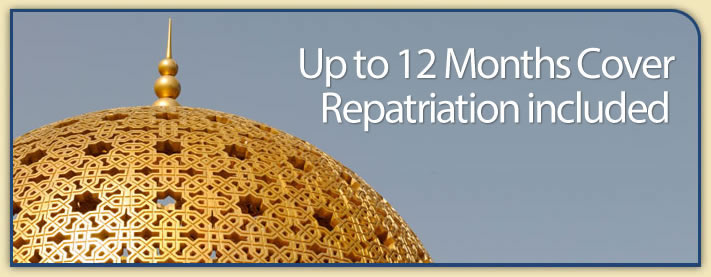Tick-borne encephalitis (TBE)
Tick-borne encephalitis (TBE), also known as spring-summer encephalitis, is a viral infection of the central nervous system transmitted by bites of certain vector ticks. Human infections follow bites of infected Ixodes ricinus ticks, usually in persons who visit or work in forests, fields, or pastures. Infection also can be acquired by consuming unpasteurized dairy products from infected cows, goats, or sheep.
Occurrence: The disease occurs in Scandinavia, western and central Europe, and countries of the former Soviet Union. Risk of acquiring the disease is greatest from April through August, when Ixodes ricinus, the principal tick vector, is most active..
TBE is common in:
- Austria
- Estonia
- Latvia
- Czech Republic
- Slovakia
- Germany
- Hungary
- Poland
- Switzerland
- Russia
- Ukraine
- Belarus
- Yugoslavia.
The risk for travellers who do not visit forested areas or consume un-pasteurised dairy products is low. Travellers with extensive unprotected outdoor, evening, and nighttime exposure in rural areas, such as might be experienced while bicycling, camping, or engaging in certain occupational activities, might be at high risk even if their trip is brief.
Manifestations: After an incubation period for usually 28 days illness begins with a non specific grippe with:
- Fever
- Malaise
- Headache
- Myalgias
- Nausea
- Vomiting
In most cases these symptoms resolve spontaneously in a week.
In a few cases the disease progresses into a neurological infection with:
- Headache
- High fever
- Neck stiffness
- Stupor
- Disorientation
- Coma
- Tremors Convulsions (especially in infants)
- Spastic paralysis
- Death in about 1% and serious neurological problems in approx.30%
Diagnosis and treatment: Human infection by the virus does not always result in the development of the disease. About 95% of human infections end with an in apparent infection resulting in development of immunity. The disease progresses with a two-phase pattern. The
Incubation period of the disease usually lasts from 7 to 14 days
How are embedded ticks removed?
Ticks embedded into the skin can be removed by using forceps or tweezers to grasp the tick’s mouth parts as close to the skin as possible. Slowly remove the tick by pulling with a single steady motion. Do not jerk, twist, or rip the tick from the attachment site. This will cause the tick mouth parts to be left in the skin, increasing the chances of developing a secondary infection. Clean the wound and apply an antiseptic.
Do not use home remedies to remove ticks!
Removing ticks with fire, hot matches, cigarettes, fingernail polish, petroleum jelly, or other such methods can cause the tick to regurgitate it’s gut contents into your blood stream increasing the chances of contracting TBE.
After any Tick Bite
Stay alert for the signs and symptoms of TBE and other tick-borne diseases. If a tick bite is followed by ‘flu’ like symptoms and/or a skin rash, promptly see a physician for evaluation and treatment.
Information Only
The content above is for information purposes only and we have tried to ensure that the information is as accurate as possible. We cannot accept any responsibility for any inconvenience, loss or injury as a result of the information above. You should always check and verify any critical information like visas, health and safety and customs with the relevant authorities before you travel since information can change at any time.



